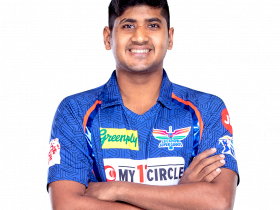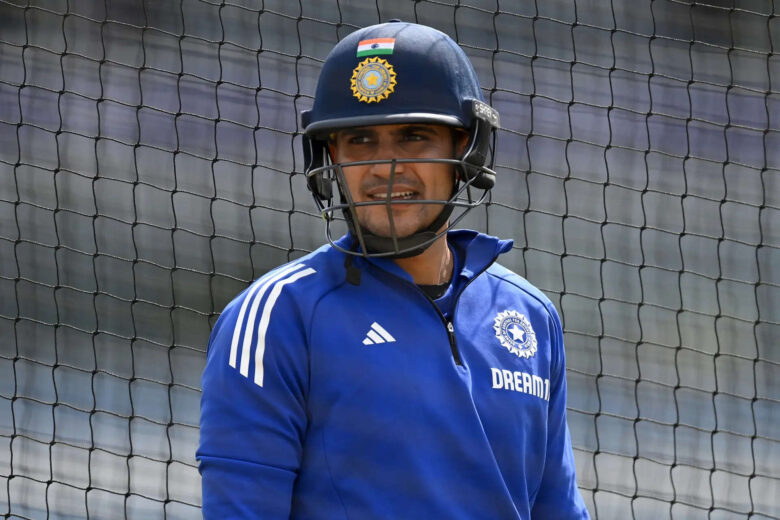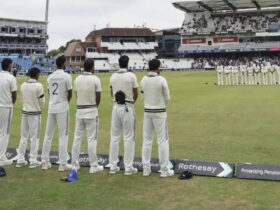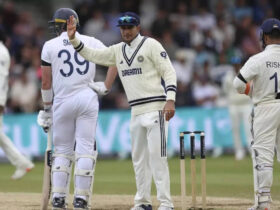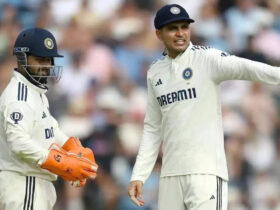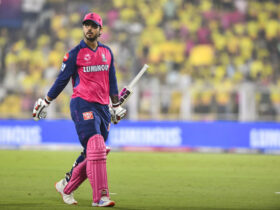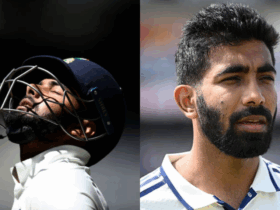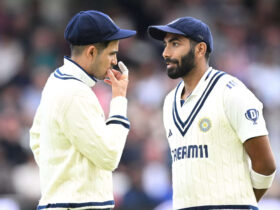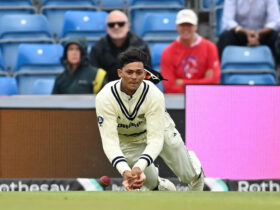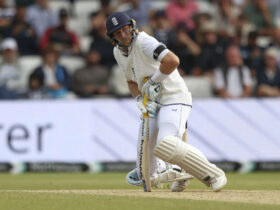Headingley, Leeds – As the sun dipped low over the historic Headingley Cricket Ground on June 19, a familiar sight unfolded in the Indian nets. Shubman Gill, the newly minted Test captain of India, was in his element, bat in hand, facing a barrage of deliveries with an insatiable appetite for runs. ‘Kinni der? (How long?)’ quipped pacer Arshdeep Singh, standing at the top of his run-up. Gill’s reply was as determined as his stance: ‘Jad tak tu paa denga (As long as you can bowl)!’ The left-armer obliged, albeit with a cheeky request for a 4-5 minute breather before resuming.
This was no ordinary net session. For nearly an hour, Gill, the 24-year-old from Punjab, tackled a mix of pace, finger spin, wrist spin, and throwdowns from specialists Daya and Nuwan. Batting coach Sitanshu Kotak barked instructions, ensuring fresh balls and relentless pressure. Amidst crisp drives and deft flicks, there was laughter and banter in Punjabi between Gill and Arshdeep, reminiscing about their age-group teammate Ikjot Singh Thind. ‘Ikjot di tara paa reya hai (He’s bowling like Ikjot),’ Arshdeep chuckled as a sharp delivery caught Gill off guard. Yet, the focus never wavered.
For Gill, this IND vs ENG series, beginning at Headingley, isn’t just about leading a transitioning Indian side post-Virat Kohli’s Test retirement. It’s a personal crucible. After a disappointing tour of Australia in 2020-21 where he averaged a modest 29.20 across five Tests, the elegant right-hander is eager to cement his place at No. 4 – a position he chose after discussions with head coach Gautam Gambhir. ‘After Virat bhai retired, me and GG bhai spoke, and we were clear I’d bat at four. I wanted it too,’ Gill revealed in a composed pre-match presser.
The captaincy spotlight has been intense. Questions about ushering in a new era of Indian cricket, managing an inexperienced squad, and balancing youth with strategy dominated the media interactions. Yet, Gill remained unflappable. When posed with a hypothetical choice between winning a five-Test series or the IPL, his answer was swift – the former. His vision for Test success is clear: ‘You can’t win a Test without taking 20 wickets, no matter how many runs you score. That’s been our key focus. We might play only six batters, include a bowling all-rounder, and back three or four proper bowlers,’ he explained with tactical sharpness.
However, as the captaincy duties concluded with a pitch inspection alongside Gambhir, Gill’s return to the nets signaled his true priority. ‘When I bat, I’m just a batsman, not the captain. Thinking of leadership adds unnecessary pressure. I want to dominate the opposition and be the best batter in the series,’ he asserted. This mindset will be tested in a challenging English summer, where conditions often favor swing and seam – a stark contrast to the spin-friendly tracks of the subcontinent. Gill’s record in England, though limited, shows promise; in 2021, he scored a gritty 104 runs across two Tests at an average of 26.00, including a defiant 38 at Lord’s.
The road ahead for Gill is dual-fold. As a captain, he must inspire a side blending raw talent with seasoned hands. As a batter, he must anchor the middle order at No. 4, a slot previously owned by stalwarts like Sachin Tendulkar and Kohli himself. If Gill, the batter, finds his rhythm – perhaps rediscovering the form that saw him score a stunning 208 against Australia in an ODI last year – then Gill, the captain, will breathe easier. This series could well define his legacy. Will the Mohali maestro rise to the occasion? The first ball of the Test will set the tone.









